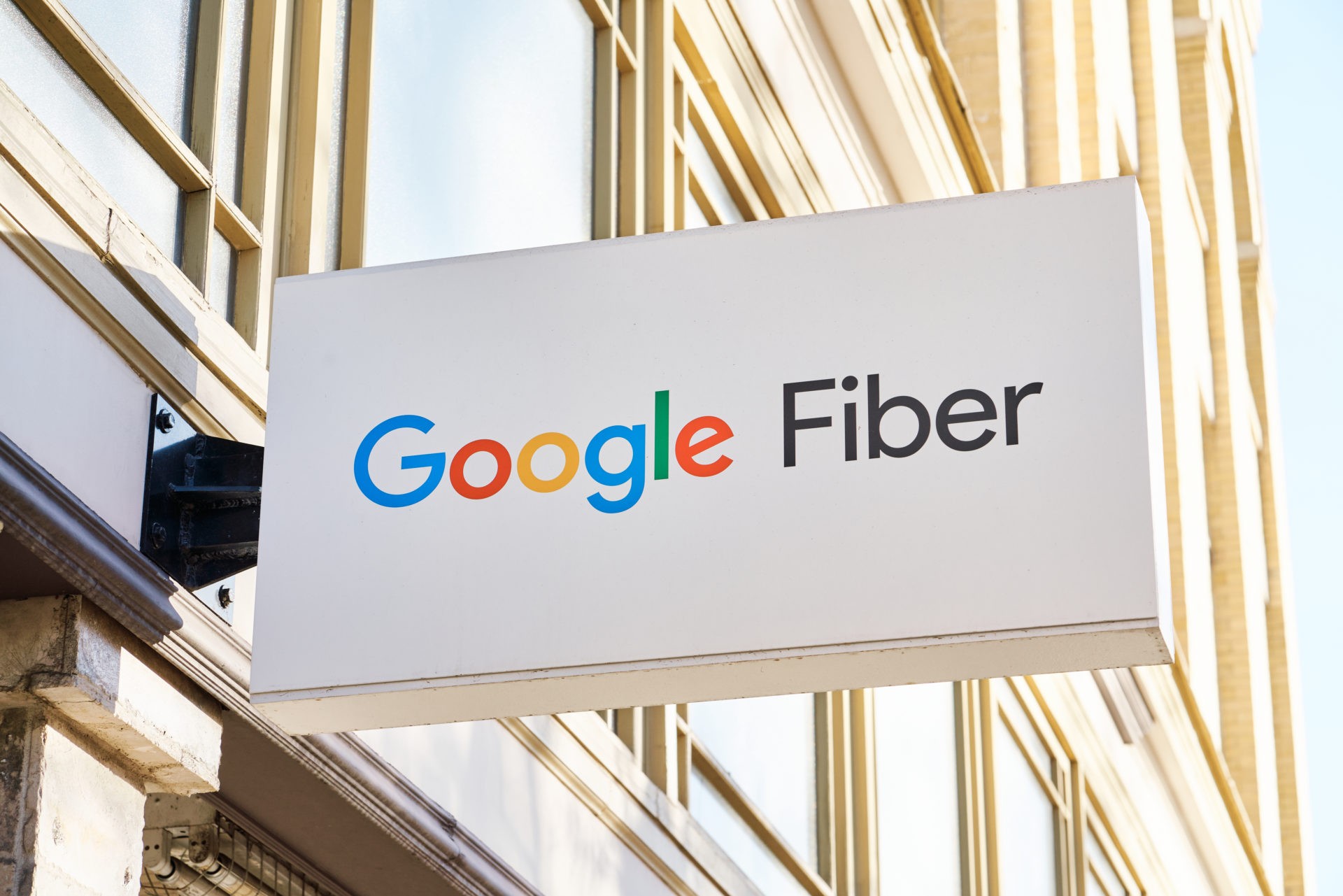The Rise of Streaming Platforms: How They’re Changing TV Forever
Explore how streaming platforms like Netflix, Hulu, and Amazon Prime Video have revolutionized television forever. Discover the impact on traditional TV networks, the rise of original content, and how internet providers are partnering with streaming services to enhance the viewing experience.

The Rise of Streaming Platforms: How They’re Changing TV Forever
The Shift from Scheduled Programming to On-Demand Viewing
One of the most significant changes brought about by streaming platforms is the shift from scheduled programming to on-demand viewing. Traditional TV networks relied on set schedules, with viewers tuning in at specific times to watch their favorite shows. Streaming services like Netflix, Hulu, and Amazon Prime Video revolutionized this model by offering entire seasons of shows at once, allowing viewers to binge-watch content at their convenience. This on-demand model gives viewers more control over their watching experience, eliminating the need to adhere to network schedules.
Impact on Traditional TV Networks
The rise of streaming platforms has had a profound impact on traditional TV networks. With more viewers cutting the cord and opting for streaming services, networks have seen a decline in viewership and advertising revenue. Many networks have responded by launching their own streaming platforms, such as NBC's Peacock and CBS All Access (now Paramount+), to compete in the digital space. These networks are also increasingly releasing content on streaming services either simultaneously with or shortly after their TV premieres, recognizing the importance of reaching audiences where they are.
Original Content and the New Golden Age of TV
Streaming platforms have also spurred a new golden age of television by investing heavily in original content. Netflix’s “House of Cards” was one of the first major successes in this arena, proving that streaming services could produce high-quality, critically acclaimed shows. Since then, platforms like Amazon Prime Video, Disney+, and HBO Max have followed suit, producing award-winning original series and films. This has increased competition for talent and led to more diverse and innovative storytelling, as creators are given the freedom to explore new ideas without the constraints of traditional network television.
Changing Viewing Habits and Consumer Expectations
The rise of streaming has also changed viewing habits and consumer expectations. Viewers now expect to have access to content on multiple devices, from smartphones and tablets to smart TVs and laptops. Streaming services have responded by offering apps and interfaces that allow seamless viewing across devices. Additionally, the subscription model used by most streaming platforms has led to the decline of traditional advertising, with many viewers opting to pay for ad-free experiences.
Global Reach and Cultural Impact
Streaming platforms have a global reach that traditional TV networks could never achieve. Shows and movies produced in one country can gain international popularity with the click of a button, fostering cross-cultural exchanges and introducing audiences to content they might never have encountered otherwise. For example, Netflix’s “Money Heist” (La Casa de Papel), a Spanish series, became a global phenomenon, demonstrating the power of streaming to bring diverse stories to a worldwide audience.
Internet Providers Partnering with Streaming Services
In response to the growing popularity of streaming, many internet providers have formed partnerships with streaming services to offer bundled deals, enhanced streaming experiences, or exclusive content.
- Verizon: Verizon offers the Disney Bundle, which includes Disney+, Hulu, and ESPN+ with certain internet plans. This partnership enhances the value of Verizon’s services by providing customers with access to premium streaming content.
- AT&T: AT&T has integrated HBO Max into its internet and wireless plans, providing subscribers with access to WarnerMedia’s extensive library of content. This move has made AT&T’s plans more appealing to entertainment-seeking customers.
- Comcast: Comcast’s Xfinity Flex is a streaming device that comes free with Xfinity Internet, offering access to popular streaming services like Netflix, Hulu, and Amazon Prime Video. Additionally, Xfinity customers can enjoy Peacock Premium at no extra cost.
- T-Mobile: T-Mobile offers a Netflix on Us promotion, where customers on qualifying plans receive a Netflix subscription included with their service. This partnership is designed to attract customers who value streaming content as part of their entertainment experience.
Challenges and the Future of Streaming
Despite their success, streaming platforms face challenges, including content saturation, rising production costs, and increasing competition. As more companies enter the streaming space, consumers are faced with the dilemma of choosing between multiple subscriptions, leading to potential subscription fatigue. Additionally, the race for exclusive content has driven up costs, making it more challenging for smaller platforms to compete.
The future of streaming will likely involve continued innovation, with platforms exploring new ways to engage viewers, such as interactive content and virtual reality experiences. As streaming continues to evolve, it will undoubtedly remain a central force in the entertainment industry, shaping the future of television for years to come.
Conclusion
The rise of streaming platforms has forever changed the television landscape. By offering on-demand content, investing in original programming, and reaching global audiences, these platforms have disrupted traditional TV models and redefined how we watch television. As streaming continues to grow and evolve, it will be fascinating to see how it further influences the world of entertainment.




